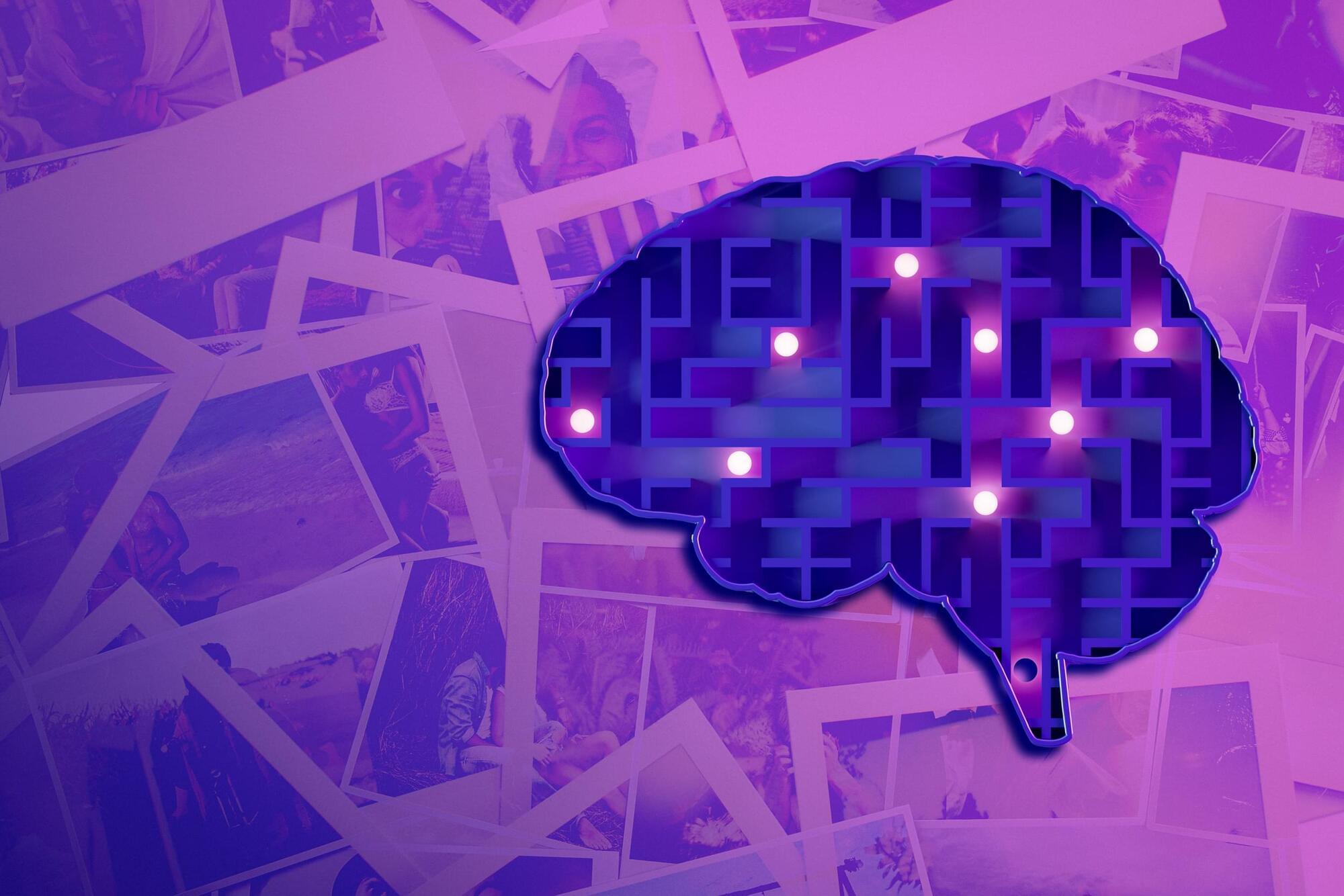Notably in April, Sierra Space announced the completion of successful hypervelocity impact trials conducted at NASA’s White Sands Test Facility in Las Cruces, New Mexico, to optimize the structural integrity of Sierra Space’s LIFE habitat space station technology. This included the use of NASA’s .50 caliber two-stage light gas gun to replicate micrometeoroid and orbital debris (MMOD) impacts to LIFE’s outer shield, to prepare the space station of use in orbit.
About Sierra Space.
Sierra Space is a leading commercial space company and emerging defense tech prime that is building an end-to-end business and technology platform in space to benefit and protect life on Earth. With more than 30 years and 500 missions of space flight heritage, the company is reinventing both space transportation with Dream Chaser®, the world’s only commercial spaceplane, and the future of space destinations with the company’s expandable space station technology. Using commercial business models, the company is also delivering orbital services to commercial, DoD and national security organizations, expanding production capacity to meet the needs of constellation programs. In addition, Sierra Space builds a host of systems and subsystems across solar power, mechanics and motion control, environmental control, life support, propulsion and thermal control, offering myriad space-as-a-service solutions for the new space economy.







